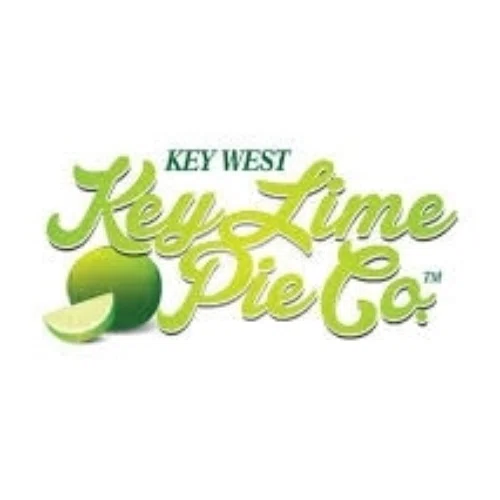
The high response rate and survey engagement provide proof of concept that RDS and DCE can be implemented as web-based applications, with the potential for scale up to produce nationally-representative preference estimates.Īcceptability is a critical requisite in establishing feasibility when planning a larger effectiveness trial. sheltering-in-place more days a week), financial compensation from the government, fewer health (mental and physical) problems, and fewer financial problems. The model estimates indicated that participants preferred mitigation strategies that resulted in lower COVID-19 risk (i.e. A rank-ordered mixed logit model was used to estimate preferences for COVID-19 nonpharmaceutical mitigation strategies.

Sixty-three participants (89% of starters) completed all tasks in the DCE. A total of 99 students or staff members were invited to complete the survey, of which 72% started the survey (n = 71). Use of these methods, in combination, can serve to increase the external validity of a study by enabling recruitment of populations underrepresented in sampling frames, thus allowing preference results to be more generalizable to targeted subpopulations. To understand individual preferences for mitigation strategies, we piloted a web-based Respondent Driven Sampling (RDS) approach to recruit participants from four universities in three countries to complete a computer-based Discrete Choice Experiment (DCE).

To slow the spread of COVID-19, most countries implemented stay-at-home orders, social distancing, and other nonpharmaceutical mitigation strategies. RDS can complement standard surveillance/survey approaches, particularly for mobile populations like adolescents/youth. Challenges were consistent with RDS implementation in other settings and populations. Implementation challenges included presentation of expired coupons, recruitment of ineligible participants and difficulty recruiting seeds and recruits from affluent neighborhoods. In about two months, it was possible to reach the desired sample size using RDS methodology. Differential enrolment by gender was seen with 56.0% of females recruiting females while 44.0% of males recruited males. Study participants self-administered most survey questions and missing data was low. We report on key implementation parameters following standard RDS reporting recommendations.Ī total of 1674 coupons were issued to generate a sample size of 1354. Referred participants were also given coupons to invite others till sample size was achieved. Seeds were selected and issued with three coupons which they used to invite their peers, male or female, to participate in the study. Respondent-driven sampling (RDS), a modified chain-referral recruitment sampling approach, was used to reach unmarried adolescents/youth aged 15–24 in Nairobi, Kenya to measure key FP/C indicators.

Conventional survey methods risk missing adolescents/youth because their family planning/contraception (FP/C) behavior is hidden. Adolescents and youth constitute a significant proportion of the population in developing nations.


 0 kommentar(er)
0 kommentar(er)
